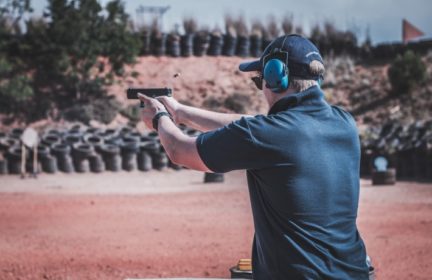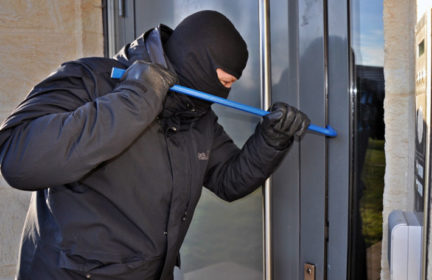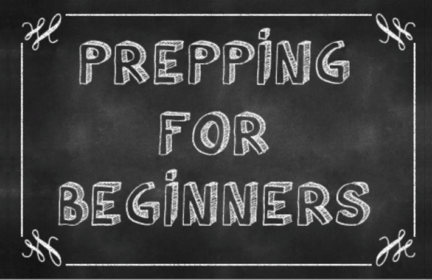Beginning the journey
I live and work in the SW corner of AZ. My work area can range from the Colorado river west and the Gila River north about 50 miles each way. It’s a 30-ish mile drive one way from home to work. The area is low-elevation desert, with huge tracts of agriculture in between chunks of barrenness. The ag means the areas closer to town and the rivers are criss-crossed with canals. Farther away, though, there’s just the dirt, sagebrush, and cholla.
I’m just starting my “preparedness” journey, where I’m actually thinking about how vulnerable I am if my comfort zones collapsed. I bought my first gun a year ago (M&P full-size 9mm), and recently a second one (Ruger PC Charger), and had security screens installed on my house. Anticipating a possible grocery shortage, I also bought two 3-day boxes of Mountain House from Amazon. I almost feel foolish thinking like this – but I have seat belts, fire extinguishers, and AAA towing for the same reason: just in case! (AAA has saved my bacon a few times!)
Now I’m starting to think about scenarios where I can’t drive down the highway to get home for more than 24 hours. It’s the only main road between the city and any point north. It would probably be one of three scenarios:
— One of the ag chemical plants had a blowout, contaminating the region – including the road – for an extended period of time
— A military exercise (we have two bases in the area, and both utilize live explosives and various weapon systems) went awry and has rendered the highway unsafe to travel
— The most likely is a weather event – probably a heavier-than-anticipated storm with high winds and heavy rain. Flash floods are uncommon, but we do have some washes that will fill quickly and run for more than 12 hours, leaving the roads either washed out or covered in dirt and debris. There are alternate routes home from some points, but they would become unpassable before the highway did.
In any case, I’m banking on being able to at least shelter in my vehicle overnight – perhaps two nights if I get caught farther up north. If I’m working (which is the only reason I’d be up there), I’ll have my lunch box and water cooler. But those are only good for that work day. So what I’m thinking of is a shelter-in-place bag with essentials that anticipate a maximum 48-hour ordeal. So far, my list includes:
— Fire-making
— Food rations
— Water purification
— Keeping warm
— Emergency first aid
— Comms other than cell phone
— Maps of the vicinity (area and topographical)
— Defense (Firearms not allowed: work policies will not let me have one in my personal vehicle on company property, and 30 years long into the job and 3 years short of retirement, it’s not worth it to sneak around it.)
Anything else y’all might recommend?
Ed
-
Comments (6)
-


